From Profit to People
The economics of healthcare is the elephant in the exam room. Money impacts everything in our medical system. Redesigning economic incentives can improve all aspects of healthcare, from patient experience to physician burnout. Will we see a future where the dazzling new ideas and technologies that we describe are deployed to optimally serve Americans?
Our current system is a paradox. On the one hand, science and technology in the past 100-plus years have vastly improved human health. Average lifespans have doubled, and the quality of life is dramatically better for millions of people. New discoveries and technologies continue to dazzle, and complex and costly interventions are on the rise. In 2022, there were 3,817 heart transplants in the US, up tenfold from a decade ago. But it’s a system designed to treat the sick, and one rife with waste, exorbitant costs and soaring profits that too often benefit shareholders and special interests over people.
While medical providers and caregivers care deeply for their patients, the system makes it difficult to prioritize the longterm health of individuals. Our current fee-for-service system focuses on treating, not preventing, illness. Chronic conditions that require lifelong medications and expensive procedures are the profit centers for clinicians and hospitals.
In 2023, Medicaid will serve more than 100 million low-income people— fully one in three insured Americans. Unfortunately, recipients of the program often struggle to find primary care doctors and face long delays for surgery or specialty care. The result is that ERs are overused and fewer patients receive preventive screenings or consistent help managing chronic conditions. Medicare benefits in 2021 totaled $829 billion, rising from $541 billion in 2011.
At almost $5 trillion a year, healthcare costs in the US are unsustainable. That’s $13,000 per person, an amount more than the annual income of people living in over 100 nations. The US ranks number one in per capita expenditures on healthcare, followed by Germany at $7,383 per person. Other wealthy countries spend around $6,000 per person a year—less than half the US expenditure. All totaled, healthcare costs account for nearly one-fifth of the country’s gross domestic product.
I cannot say whether things will get better if we change; what I can say is they must change if they are to get better.
Georg C. Lichtenberg
18th-century German physicist
